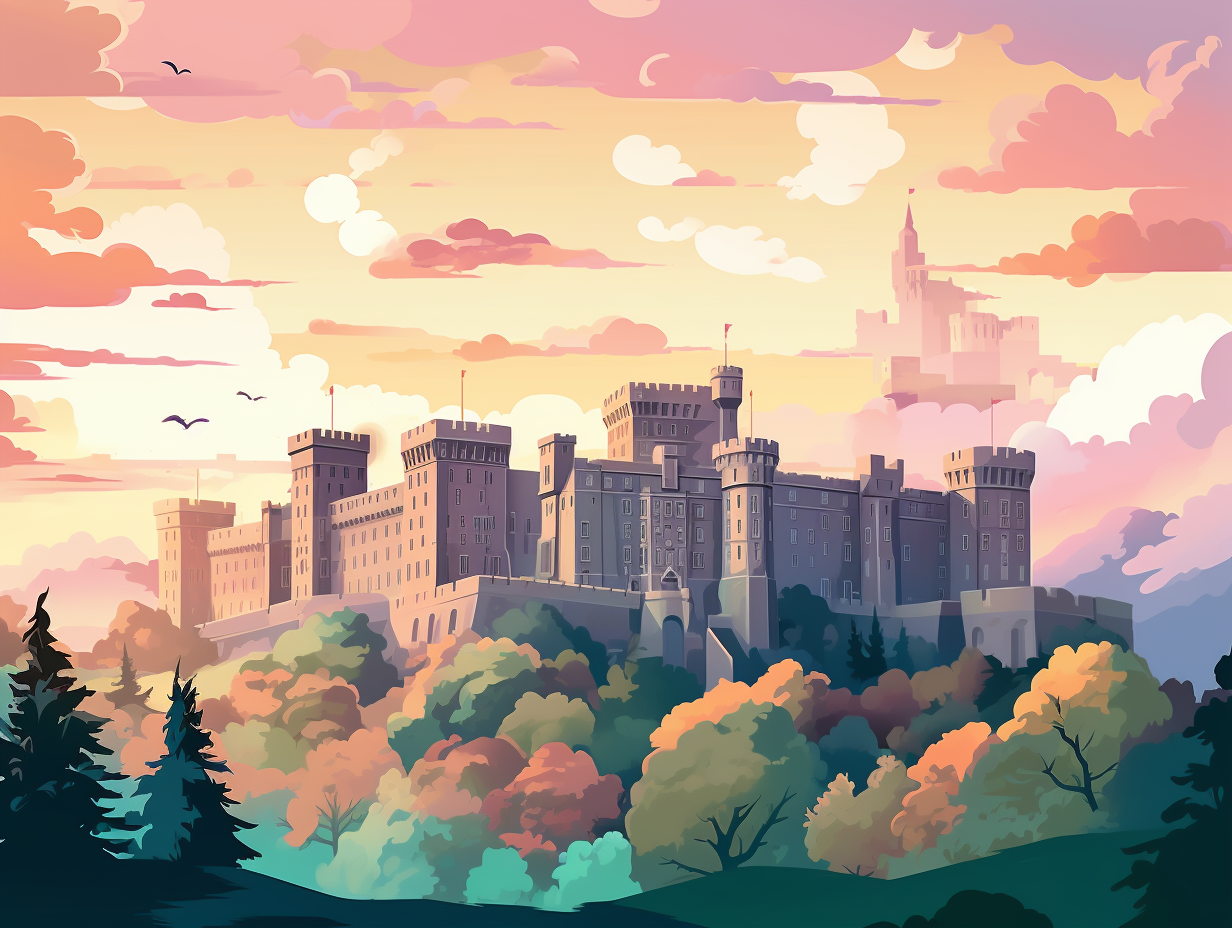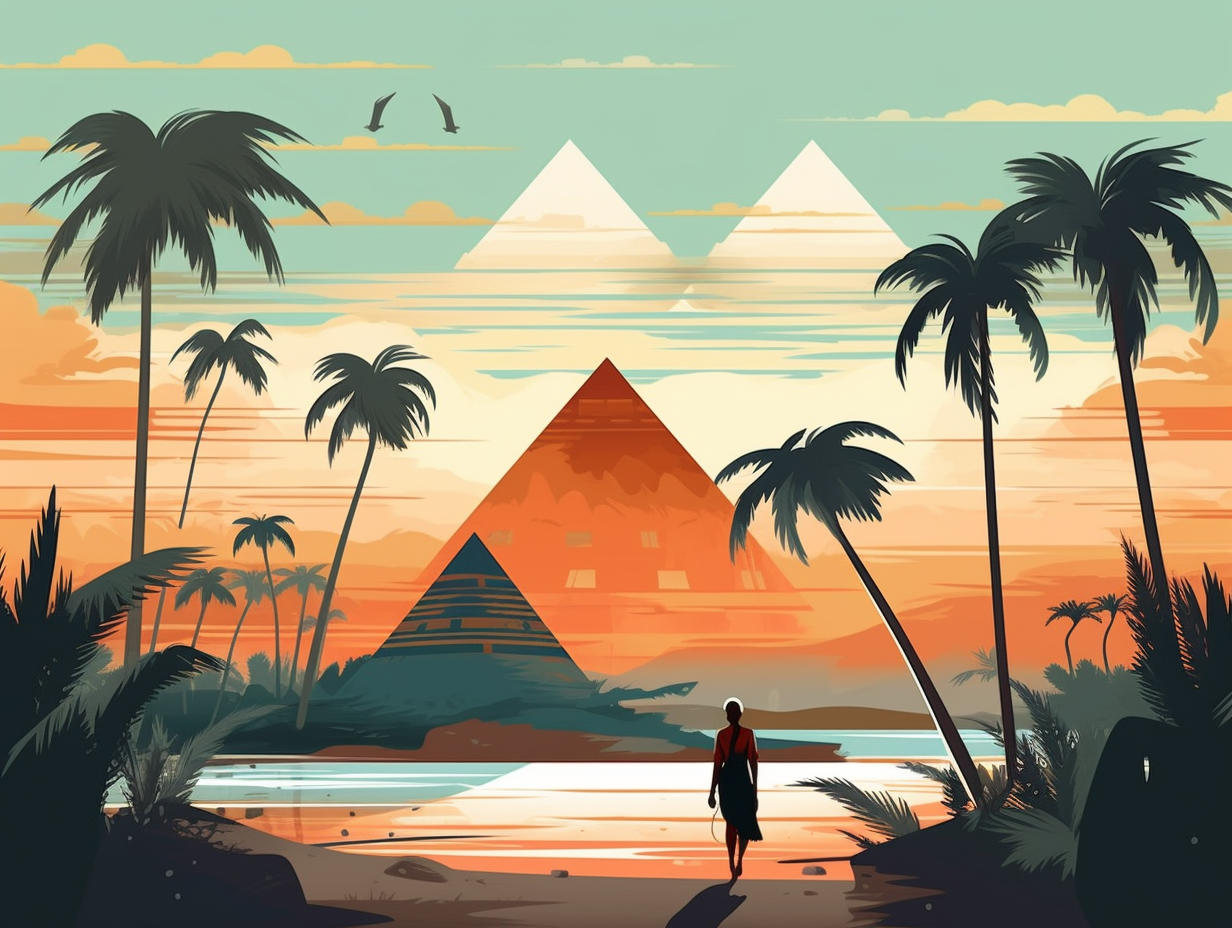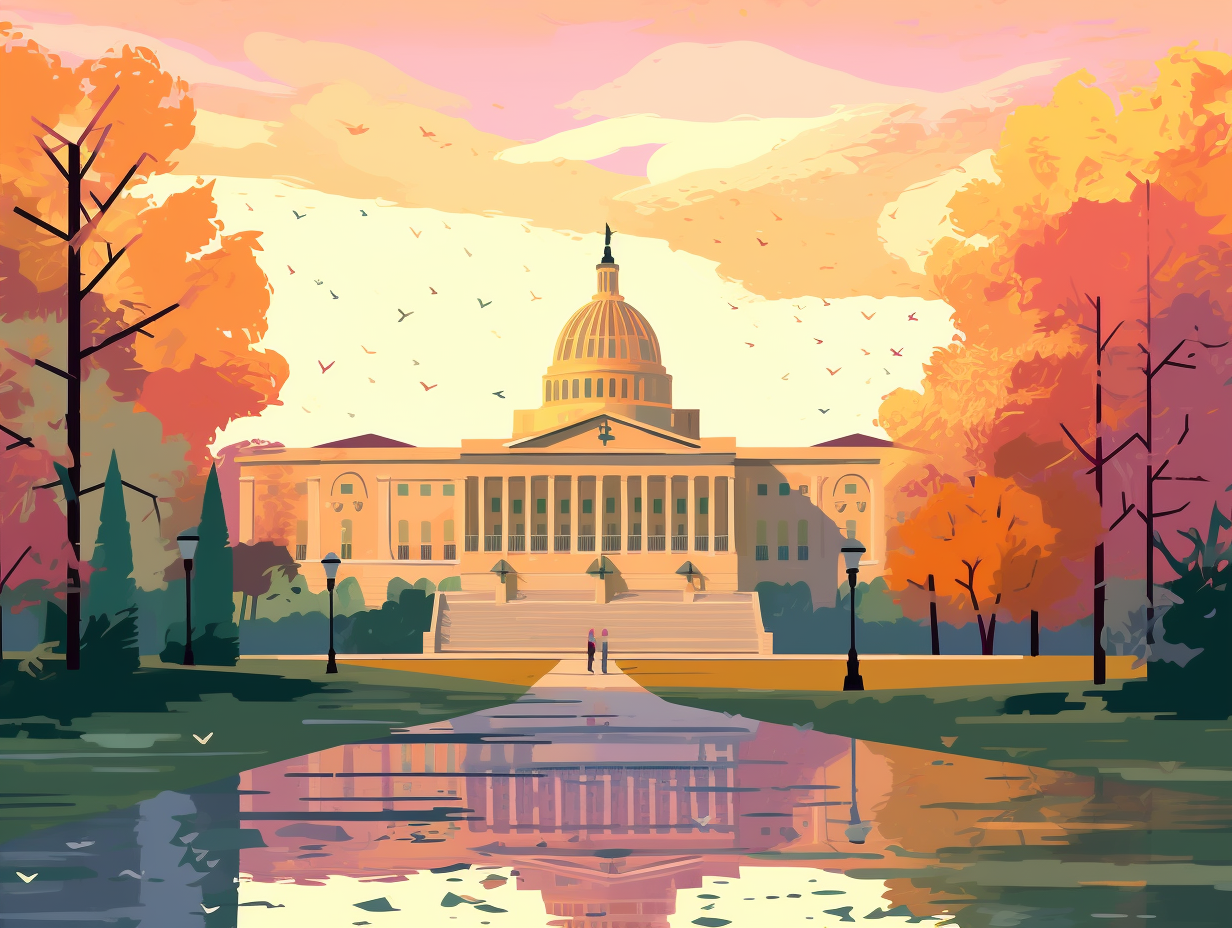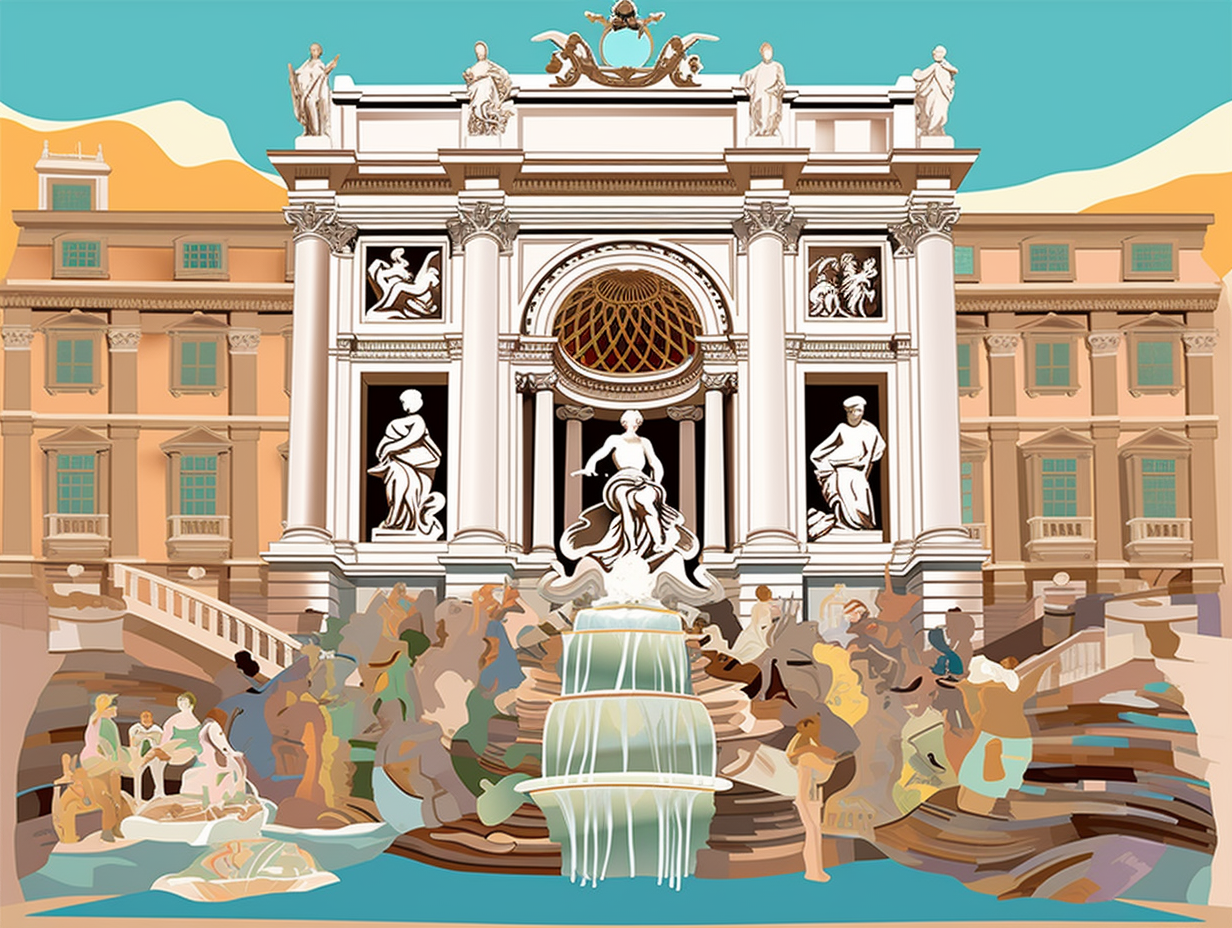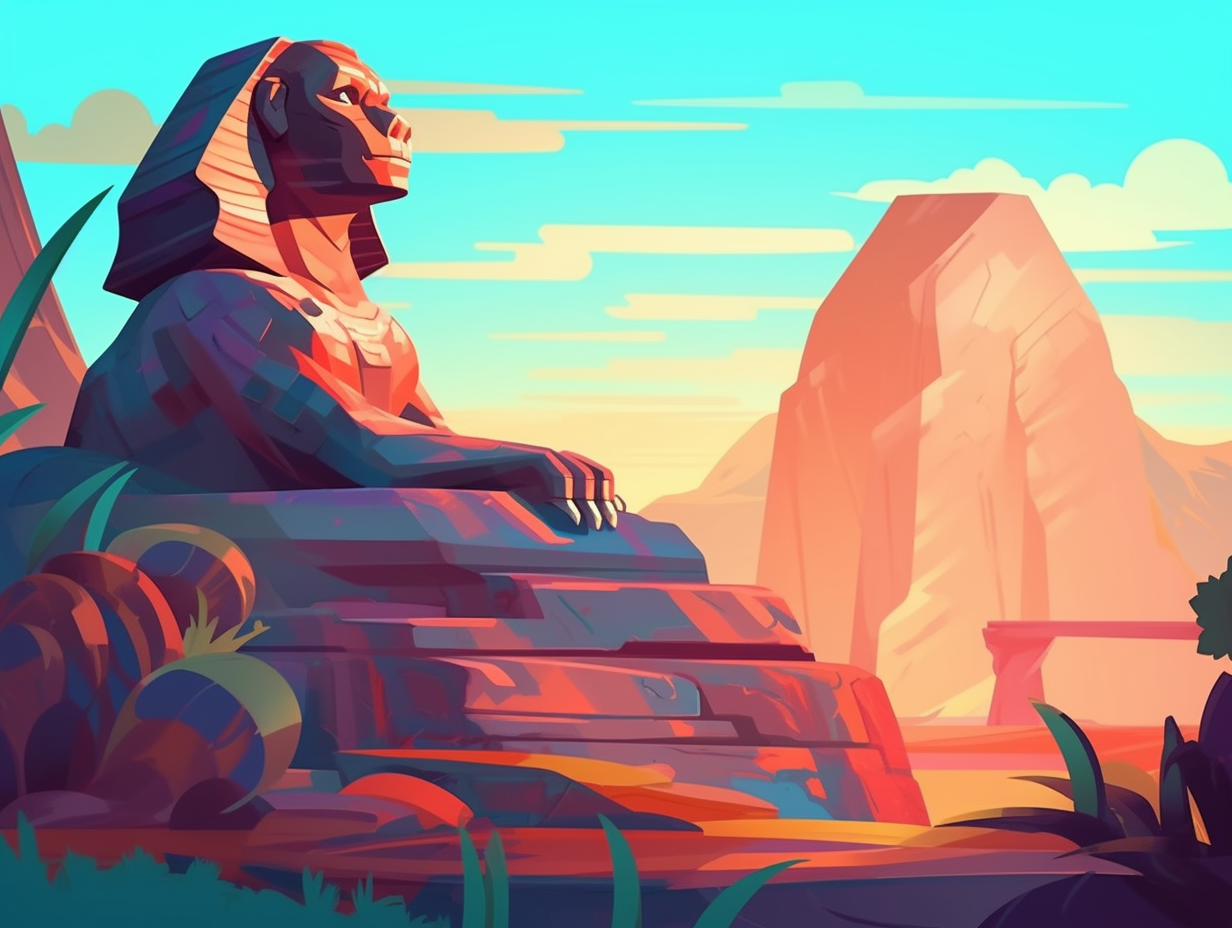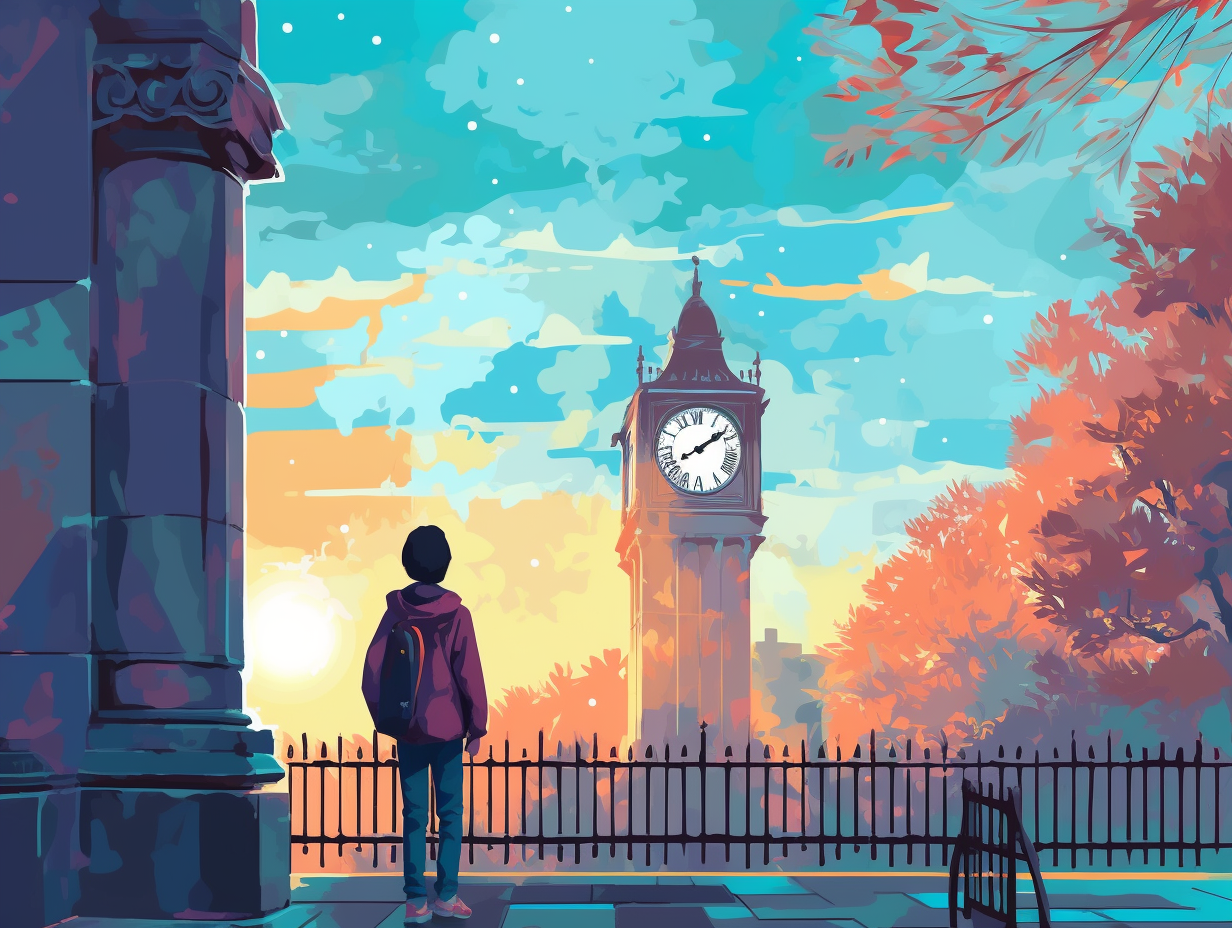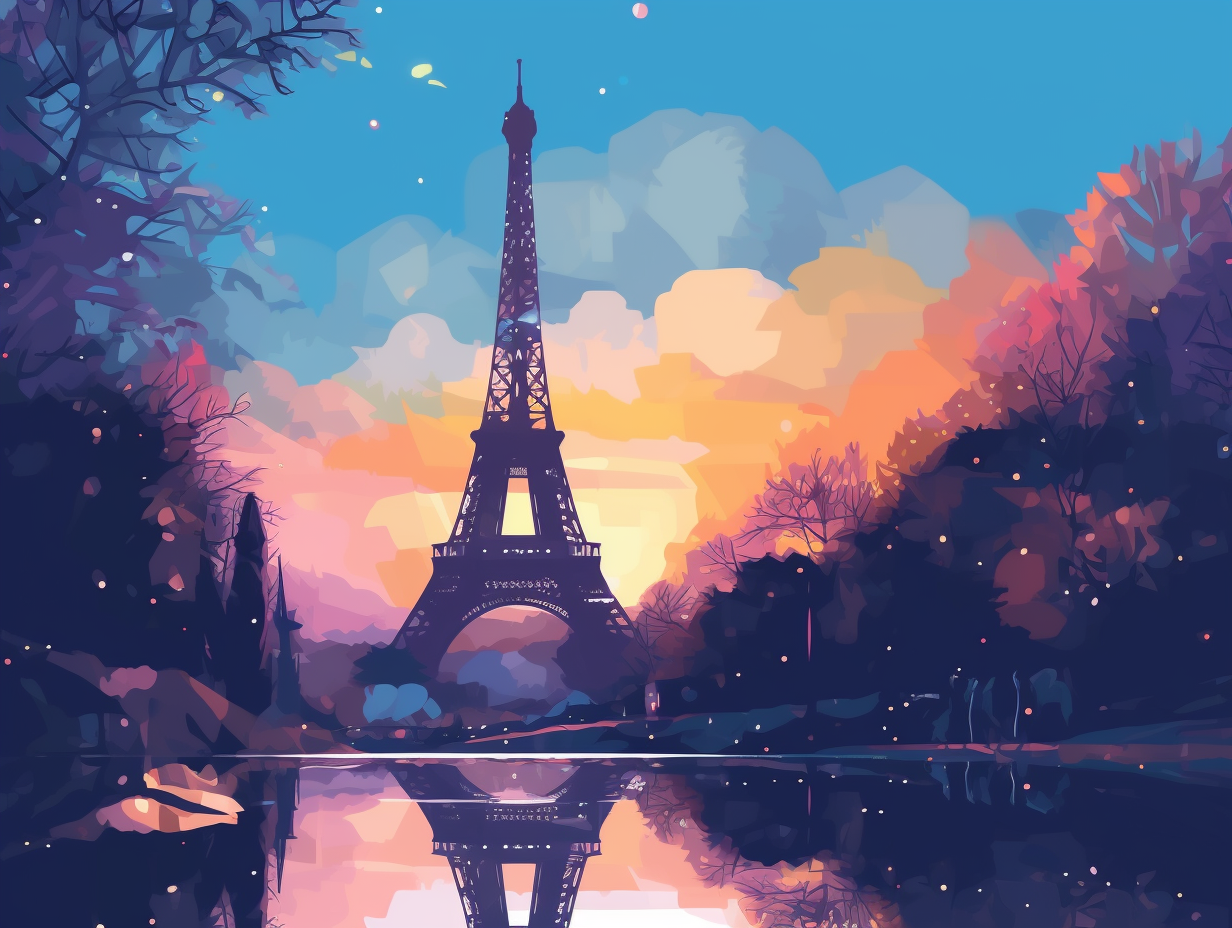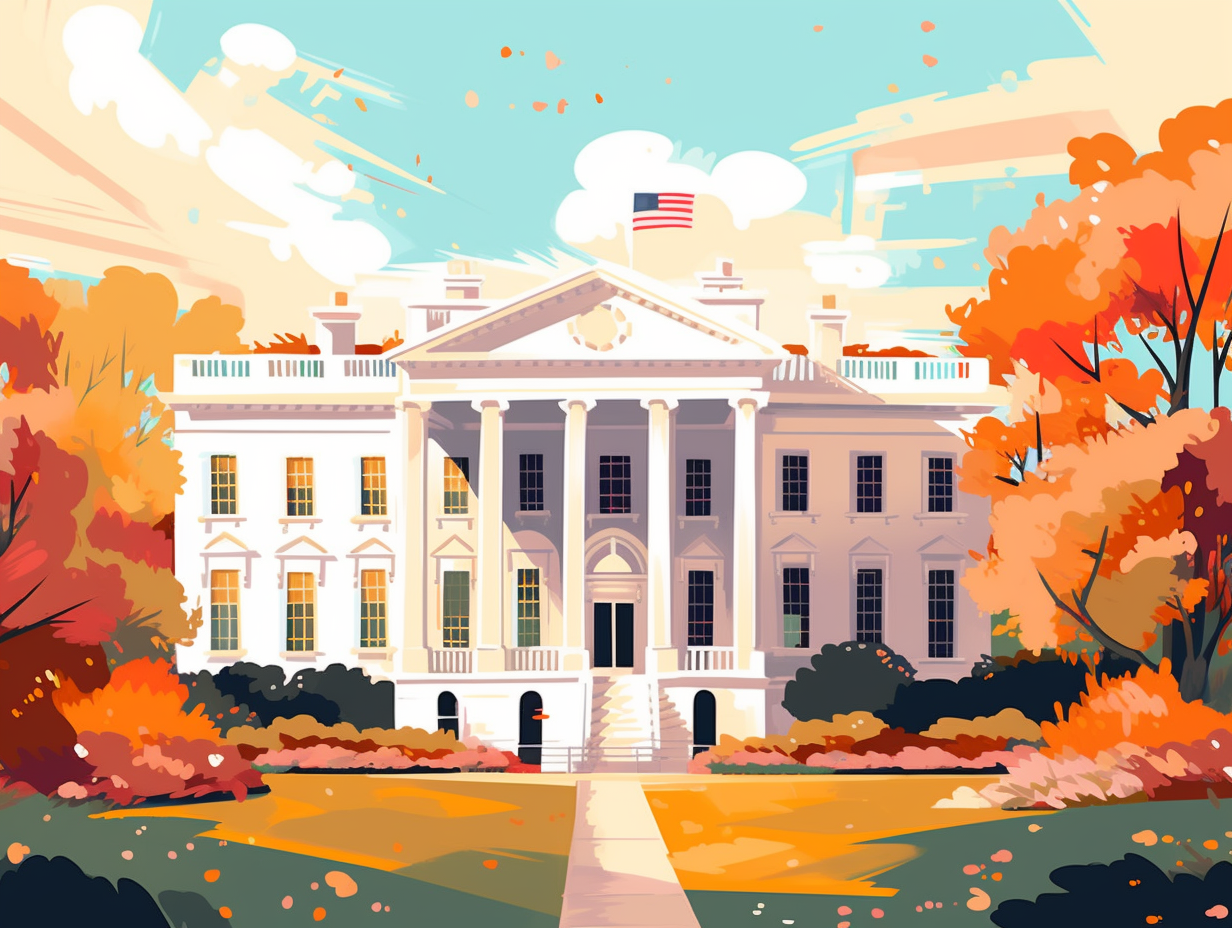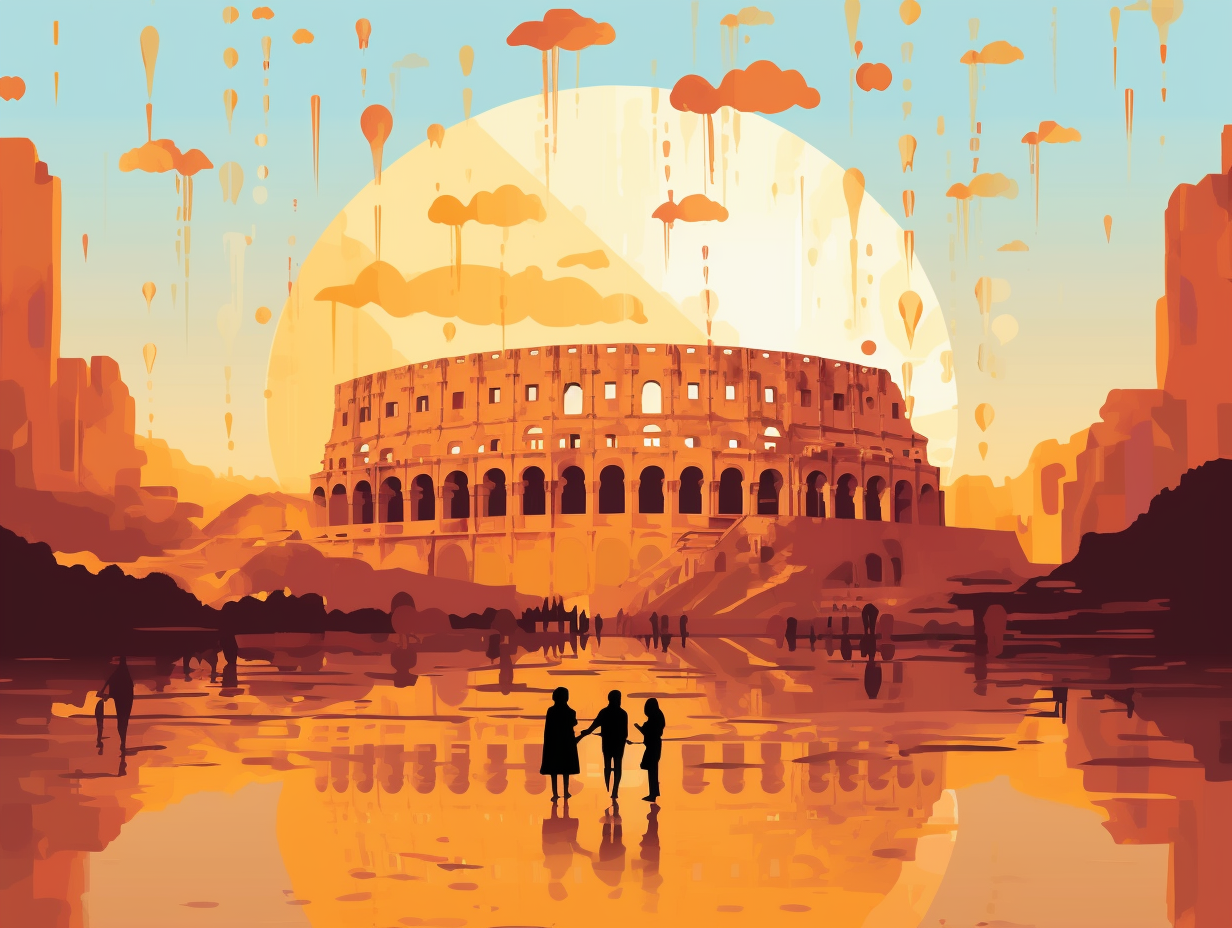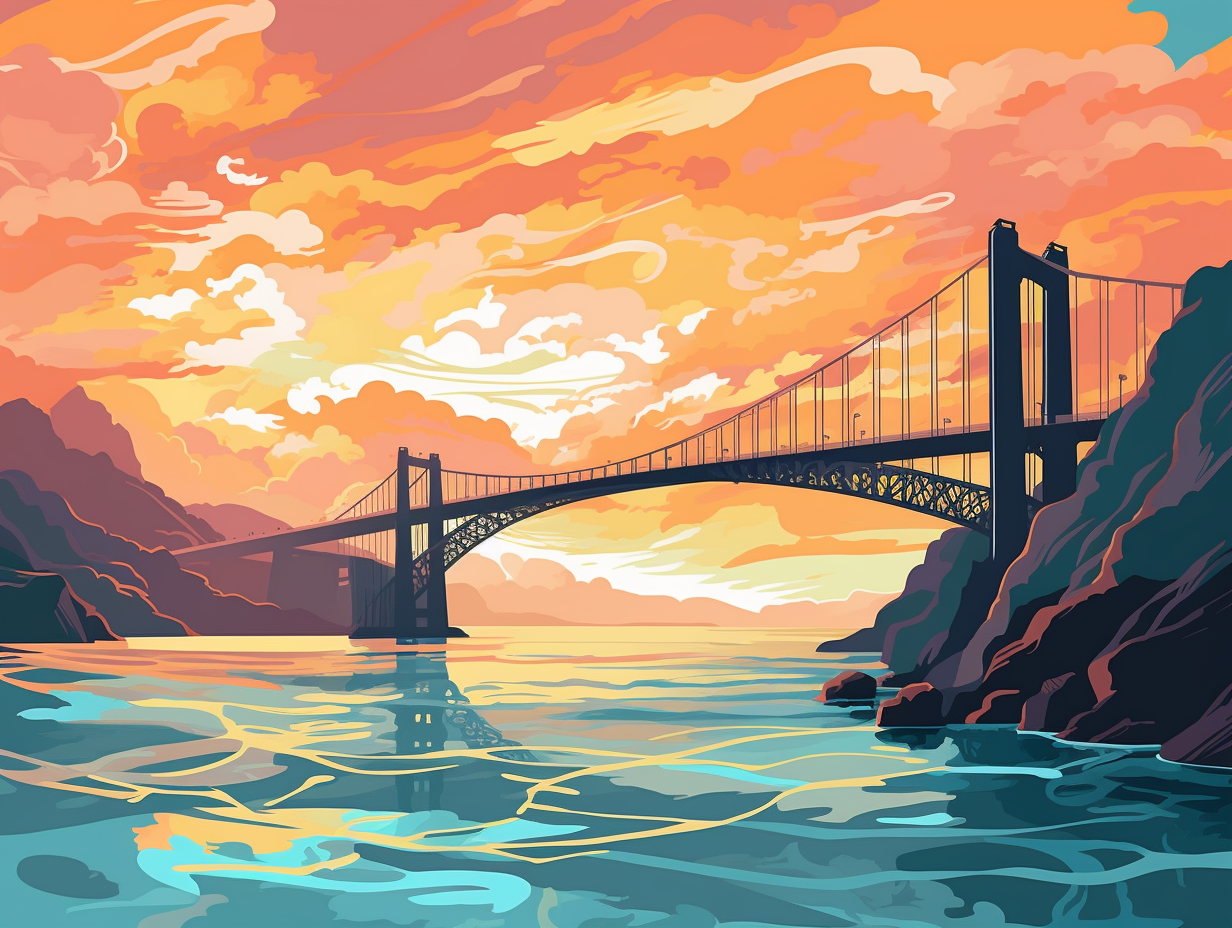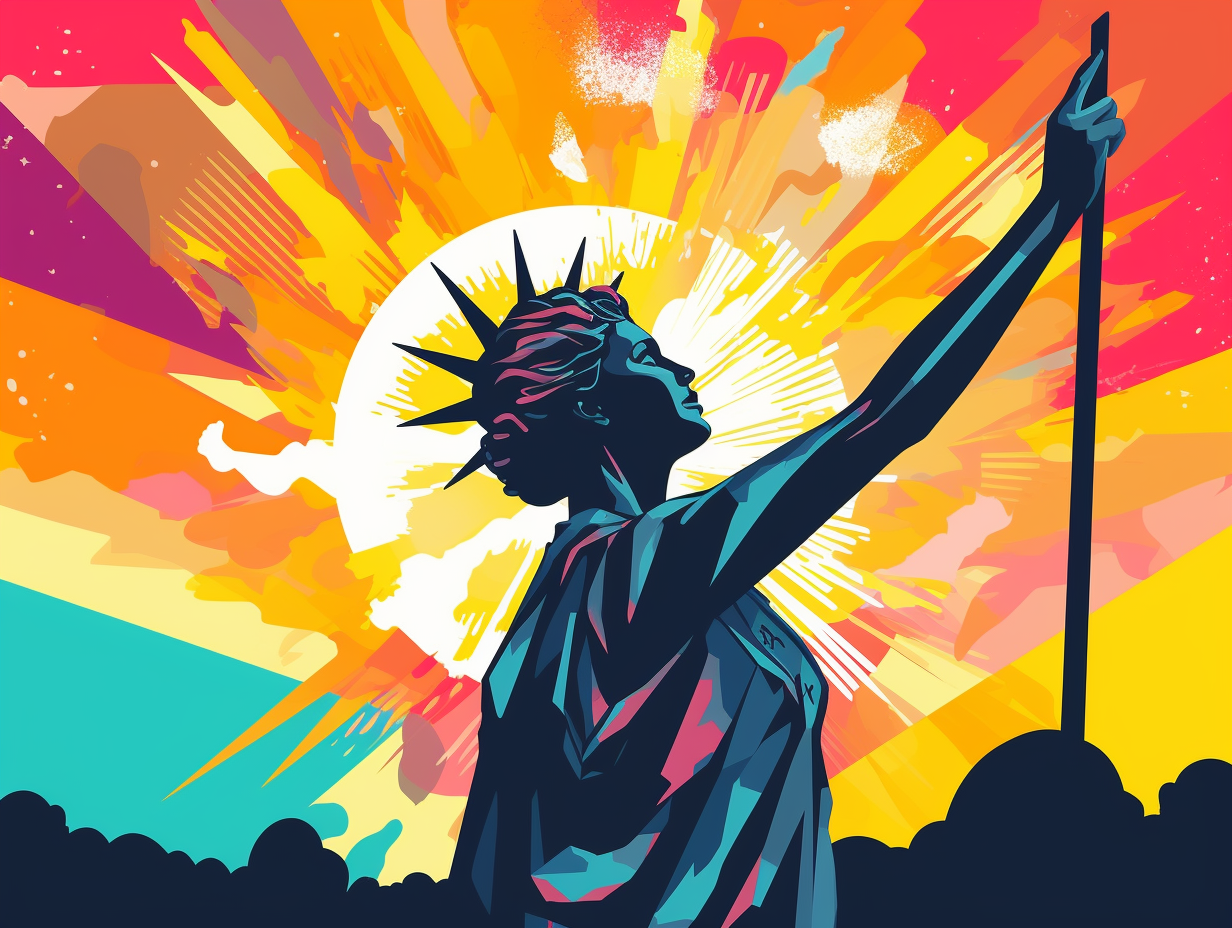Discover a Divided City: Top 12 Unbelievable Fun Facts About the Berlin Wall
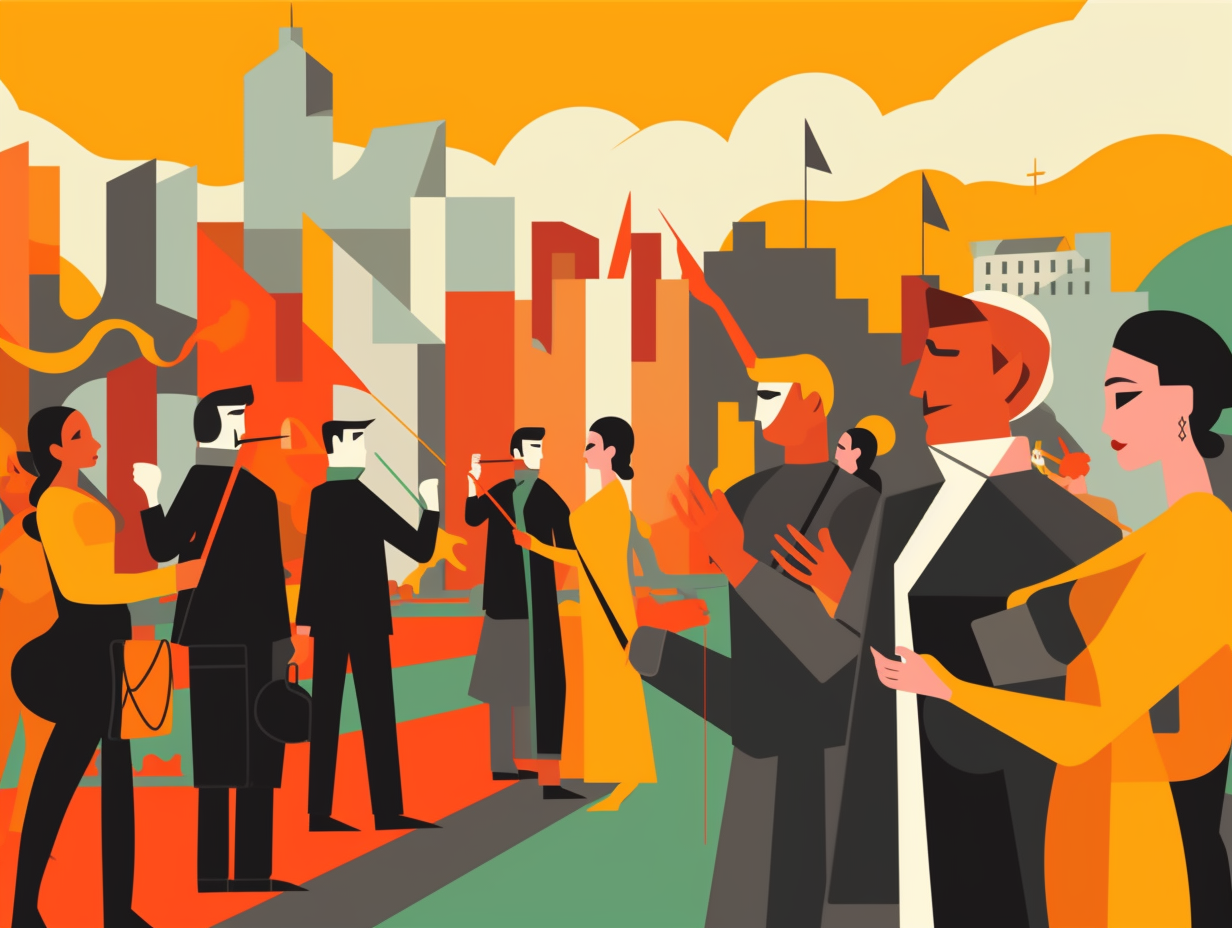
1. Frat Party Meets Wall Art
Like an extroverted frat party-goer with a penchant for body paint, the Berlin Wall couldn't resist flaunting its artistic side on the West Berlin side: For over 28 years, this imposing boundary doubled as a colorful canvas for graffiti artists and political message-bearers, transforming the Western side into an eclectic "Wall of Art," while its counterpart in the East remained blank and somber.
Source => study.com
2. Soviet Soldiers Turned Film Critics
Lights, camera, Russian interference! In a tale of film production that would even make 007 raise an eyebrow, it turns out that some cheeky Soviet soldiers fancied themselves as movie critics: During the filming of "Funeral in Berlin," they stationed themselves on the other side of the Berlin Wall near Checkpoint Charlie, trying to spoil the shots by reflecting sunlight into the cameras, causing a small-scale Cold War tension on the set of the spy flick.
Source => entertainment.time.com
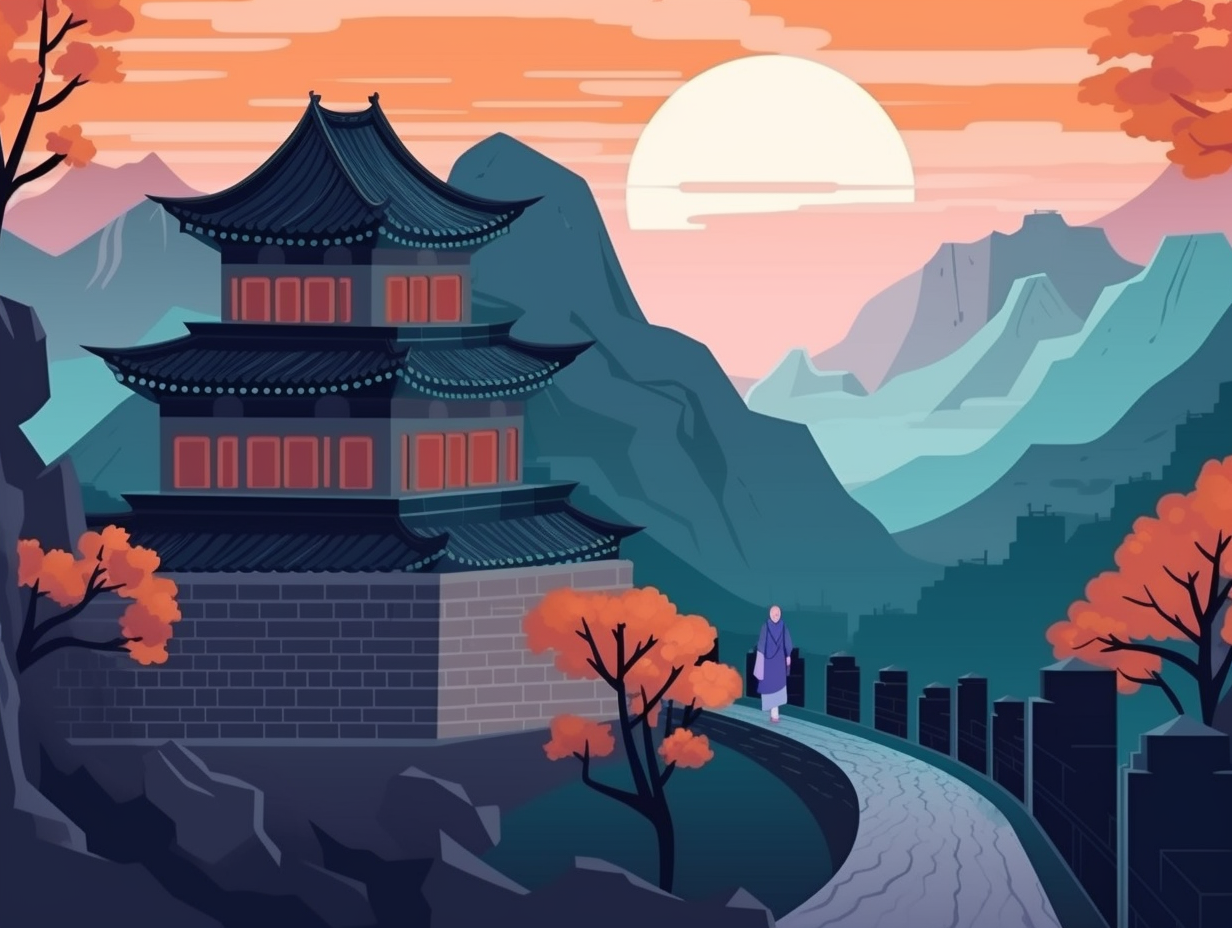
Did you know that contrary to popular belief, the Great Wall of China is not visible from the moon or even low Earth orbit without magnification? Discover more about this fascinating marvel and how its staggering 21,196 km (13,170 miles) length is best appreciated from the ground. 🌏🔭🇨🇳
=> Fun Facts about The-Great-Wall-Of-China
3. Bad Hair Day with Barbed Wire
Before the "Wall of Shame" became a brick-and-mortar nightmare, it had a bad hair day with trusty barbed wire playing the lead: The Berlin Wall initially sported barbed wire coils, later upgrading to 13-foot-tall concrete slabs and hollow blocks reinforced with iron bars, stretching across 96 miles with 300 guard towers, and accessorized with a "death strip" decked out in anti-vehicle trenches and nail beds for that extra "keep out" touch.
Source => theguardian.com
4. Republikflucht: The Great Brain Drain
Who needs a great escape when you've got Republikflucht? Sounds like an exotic adventure, but it's actually much more educational: Before the Berlin Wall was built, over 3.5 million East Germans fled to the West, escaping hunger and repression in search of a better life, causing a massive "Brain Drain" in the Soviet-controlled zone.
Source => en.wikipedia.org
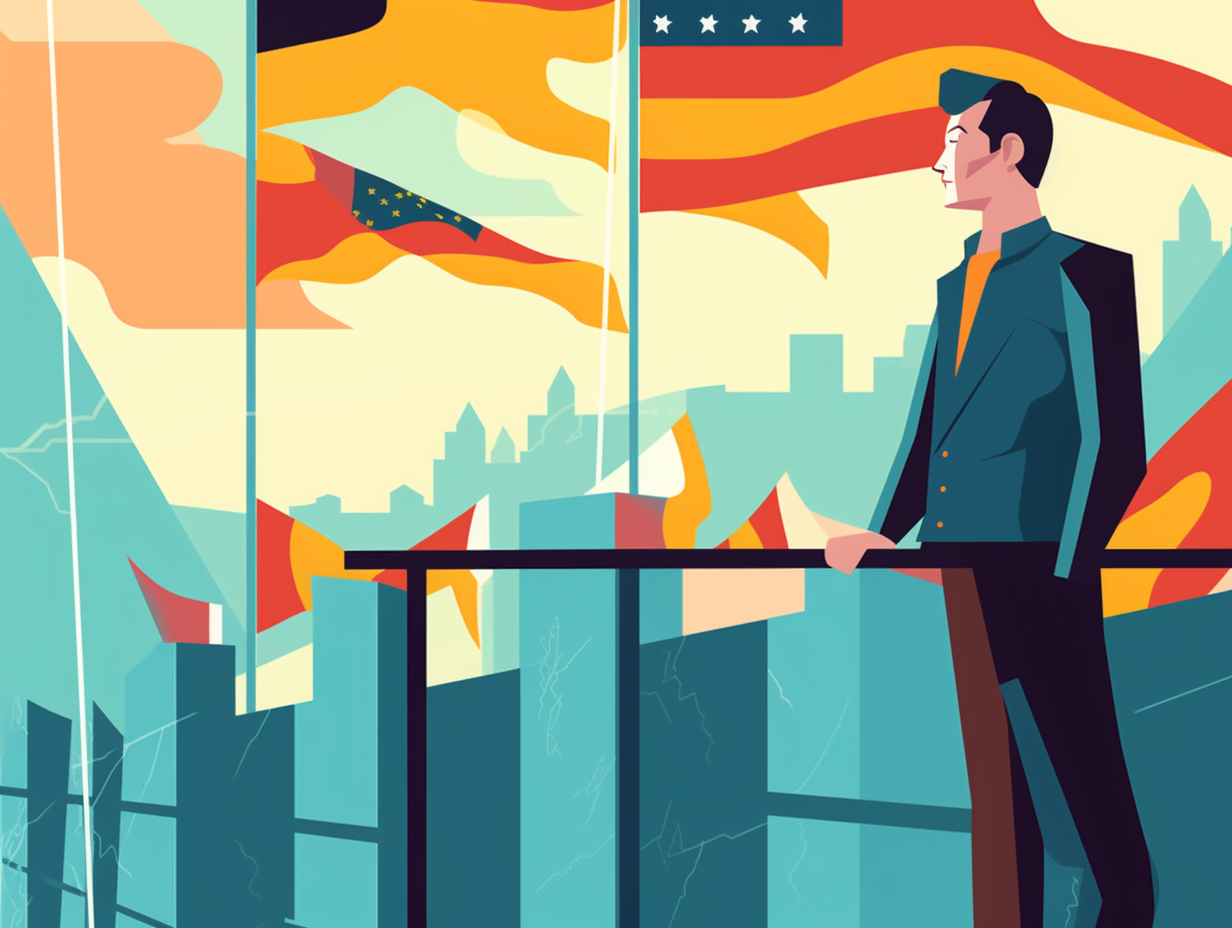
5. NATO Plays the Name Game
Who knew NATO was so good at playing the name game? Bravo to that one British bloke, and don't forget to greet ol' Checkpoint Charlie on your next visit to Berlin: In reality, there was no actual person named Checkpoint Charlie, but rather it was the name given to the crossing point at Friedrichstraße between East and West Berlin, with "Bravo" and "Charlie" being NATO phonetic alphabet code words for the British and American sides respectively.
Source => en.wikipedia.org
6. Good Fences Turned Art Galleries
When life gives you walls, make art galleries: The East Side Gallery in Berlin, the longest surviving section of the Berlin Wall, boasts over 100 murals painted by 118 artists from 21 countries, transforming 1,316 meters of gloom into a vibrant celebration of creativity in the spring of 1990.
Source => en.wikipedia.org
7. Inventive Escapes Defy the Wall
It's said that good fences make good neighbors, but the Berlin Wall really put that idiom to the test: Despite the massive concrete barrier, about 616,066 East Germans still managed to migrate to the West between 1961 and 1988, with some employing inventive escape strategies, such as hot-air balloons and creative tunneling systems.
Source => en.wikipedia.org
8. Lighting Up a Wall's Glow-Up
If the Berlin Wall were a romantic partner, it'd be one heck of a glow-up: 8,000 illuminated balloons lined up along its former path for the 25th anniversary of its fall! The serious reveal: In 2014, Berlin celebrated the fall of the wall with an installation, Lichtgrenze, lighting up significant landmarks like the Brandenburg Gate and Checkpoint Charlie along a 15-kilometre length, with the balloons released on November 9th to symbolize the Eastern Bloc's collapse.
Source => dezeen.com
9. Trabant 601 S: Unity on Wheels
What has four wheels, a two-stroke engine, and the power to topple a wall? No, it's not a Transformer or a stark reminder of dad's old lawnmower – it's the Trabant 601 S! A relic from the East German era, this little automobile became the canvas for artist Martin Raumberger and countless citizens during the 25th anniversary of the fall of the Berlin Wall: Raumberger decked out the Trabant with iconic Berlin symbols while thousands of people from around the globe etched their monikers on its surface, creating a living artwork that encapsulated the spirit of unity conquering the divisive force of the infamous Berlin Wall.
Source => cnn.com
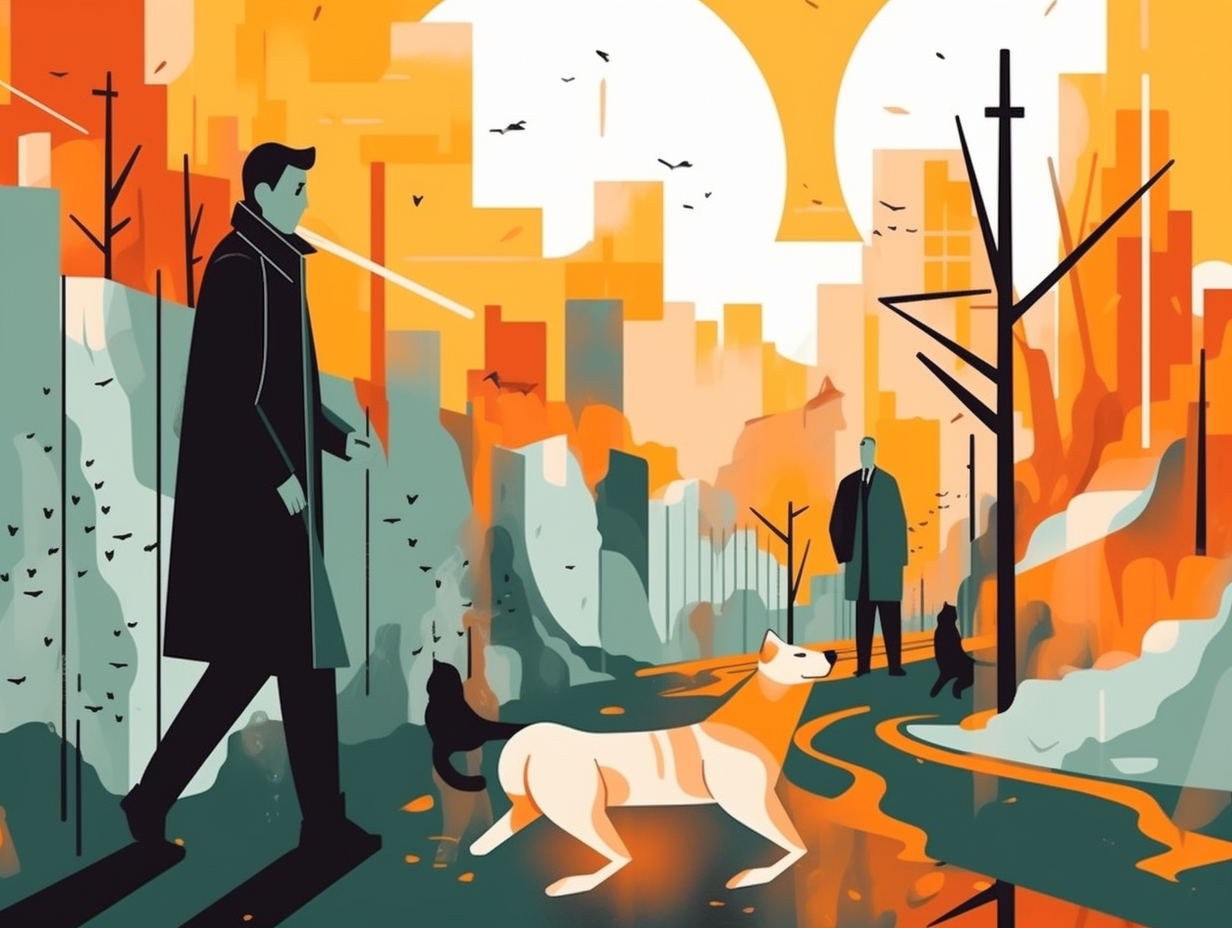
10. Canoodling Inspires Bowie's "Heroes"
When life gives you lovers, make a chart-topping anthem: David Bowie's "Heroes" was inspired by producer Tony Visconti's rendezvous with a German lady named Antonia Maass, who were caught canoodling near the Berlin Wall by Bowie, leading to the creation of a musical masterpiece that transcends borders and brings people together.
Source => loudersound.com
11. Confetti Crisis: Stasi Shred-a-Thon
Talk about a confetti crisis: When the Berlin Wall fell, Stasi officers scrambled to shred millions of files that documented their Big Brother-worthy surveillance on East German citizens. Thankfully, vigilant citizens stormed and occupied Stasi offices, salvaging the evidence. Over the past 20 years, 1.5 million pages have been pieced together from the papery chaos, but there are still around 15,500 sacks left to tackle.
Source => washingtonpost.com
12. Yanking the Wall's Concrete Grin
Like an overeager dentist removing a stubborn wisdom tooth, Germans couldn't wait to yank out chunks of the Berlin Wall when it fell in 1989: However, it took nearly two more years, until November 13, 1991, for the last slab of this infamous concrete grin to be officially extracted, marking the end of a 28-year divide between East and West Berlin.
Source => bbc.com
Related Fun Facts






